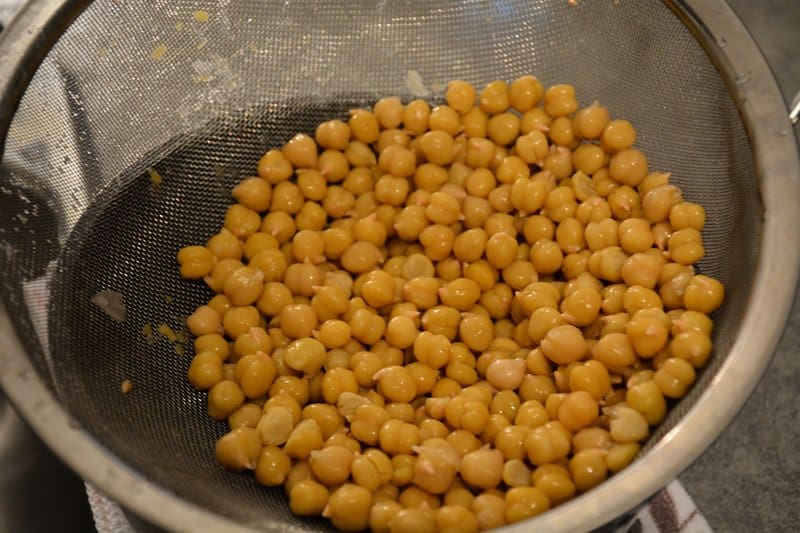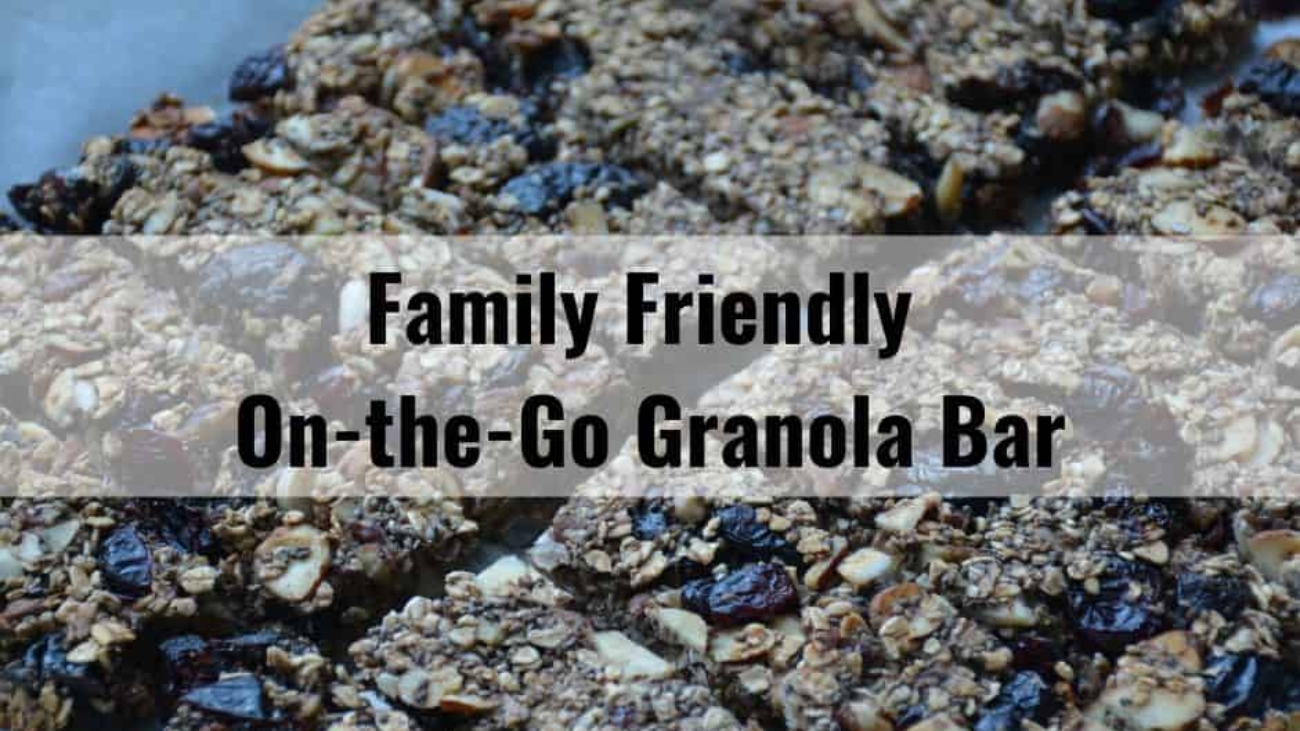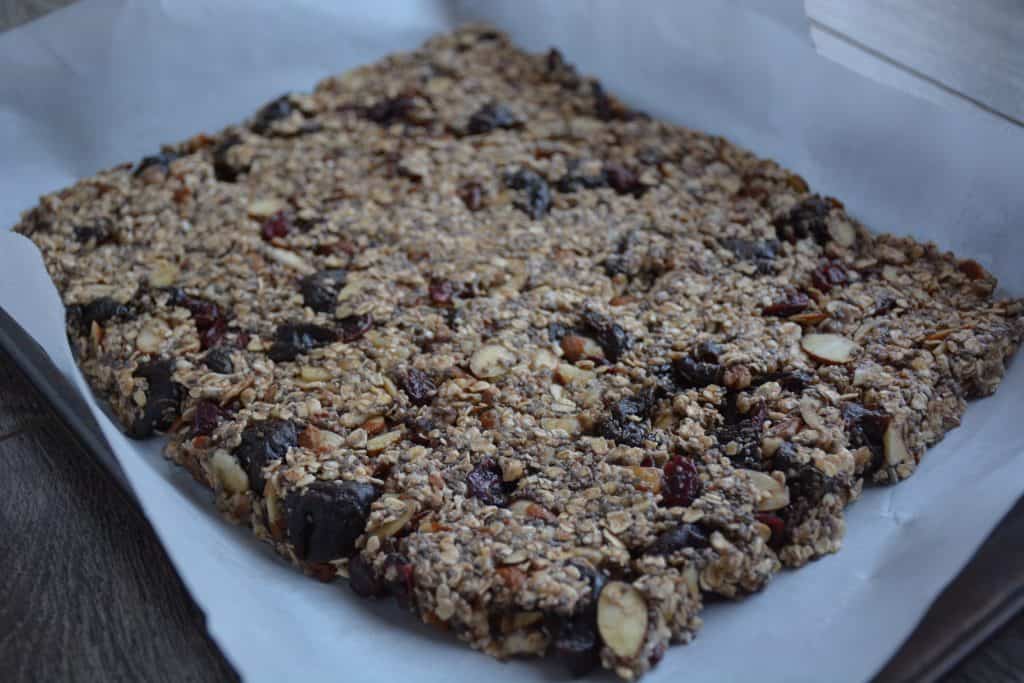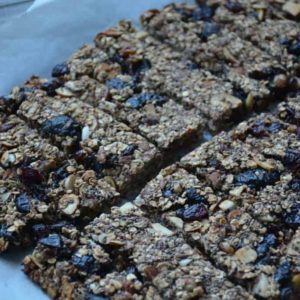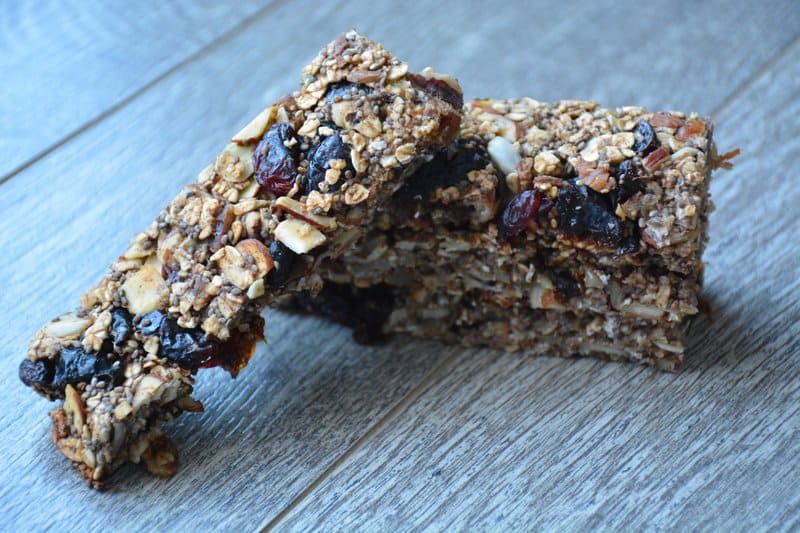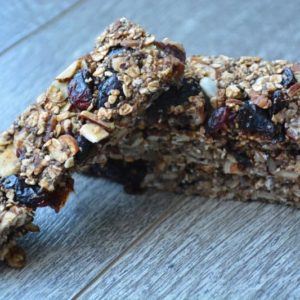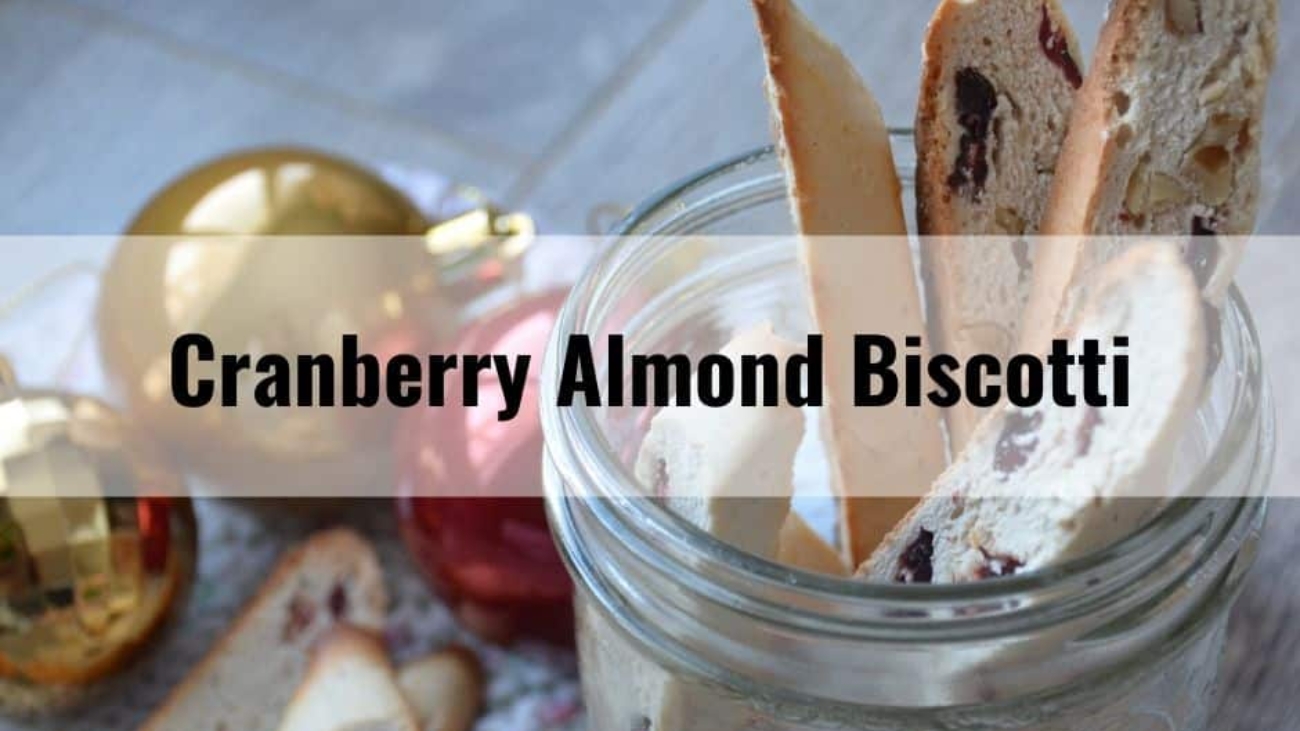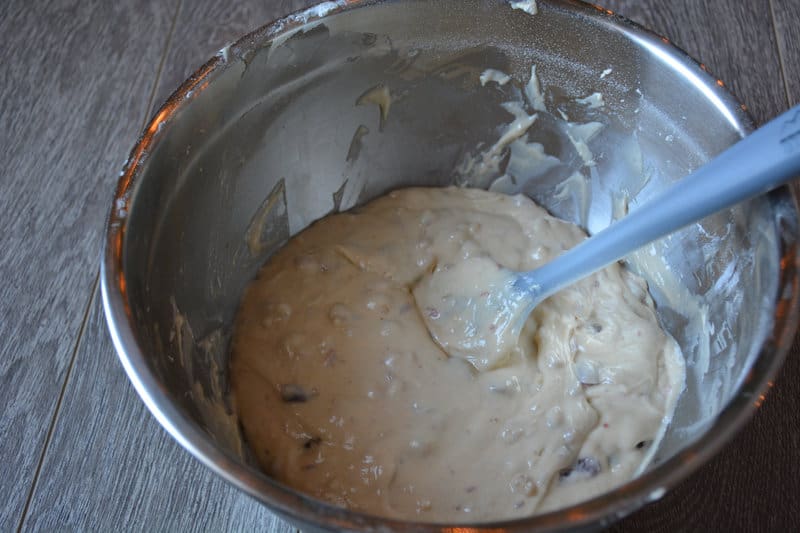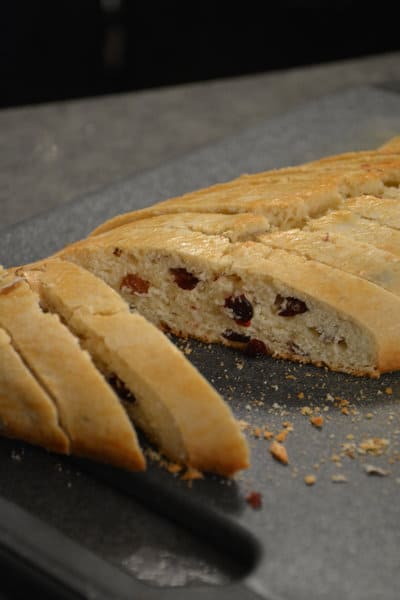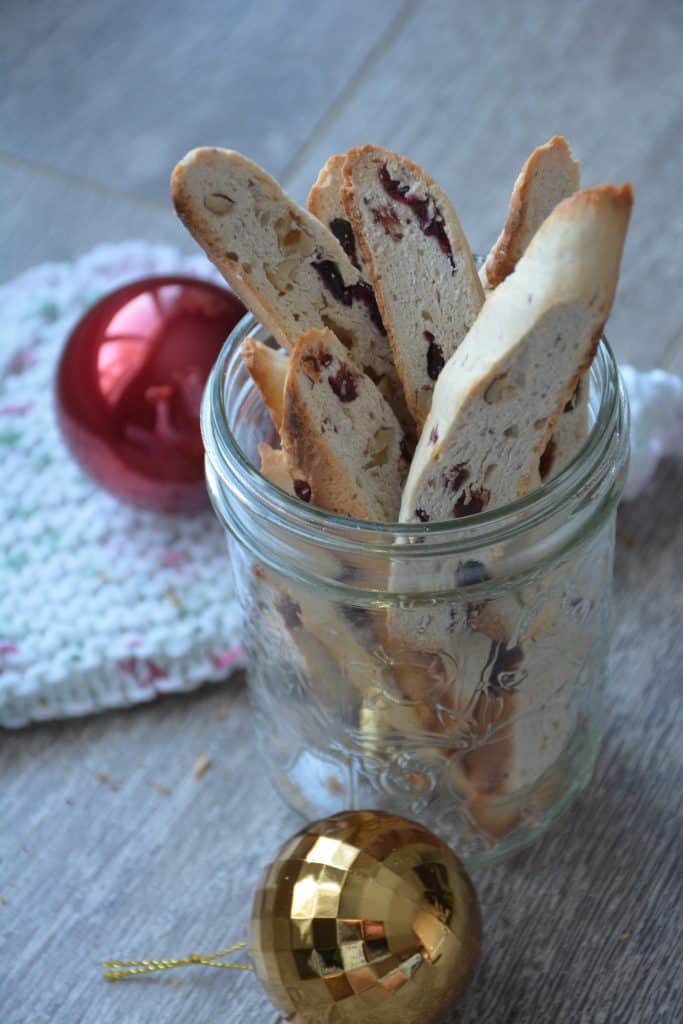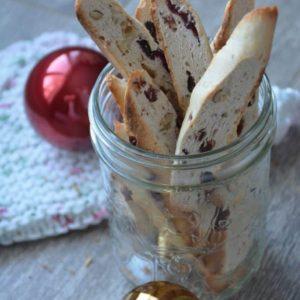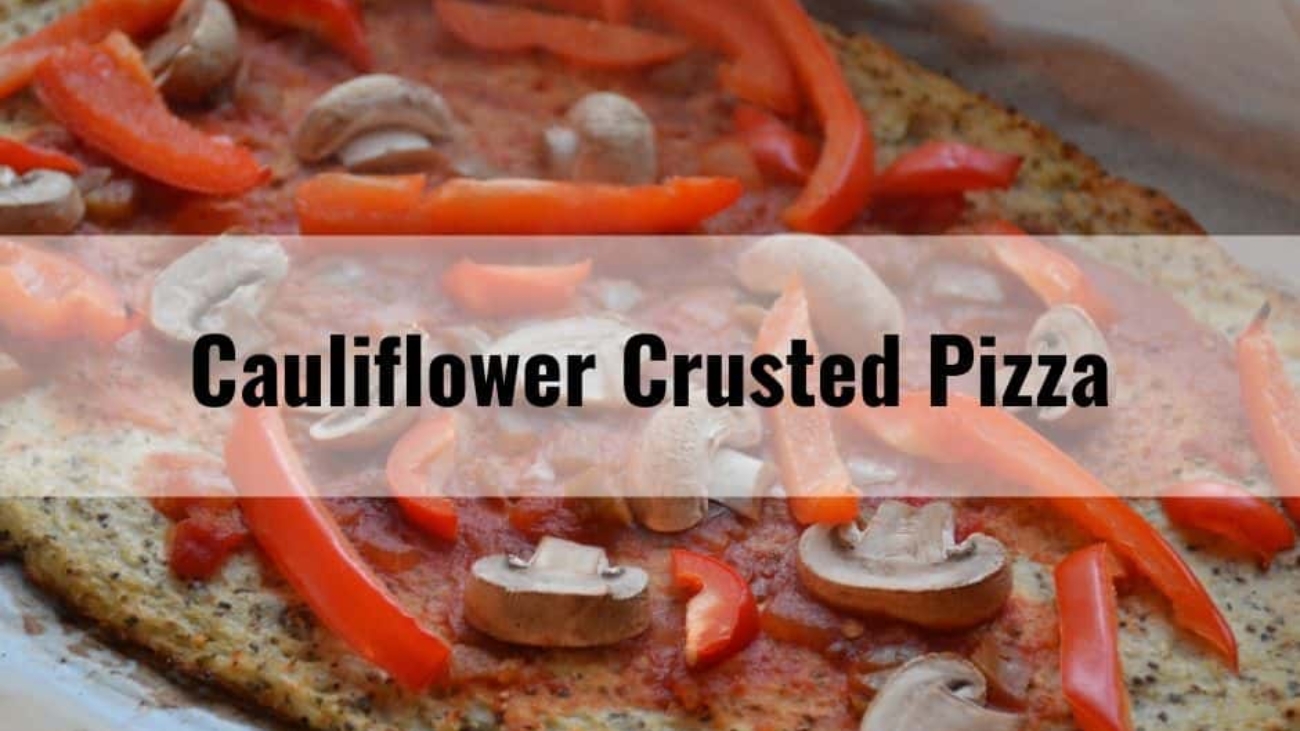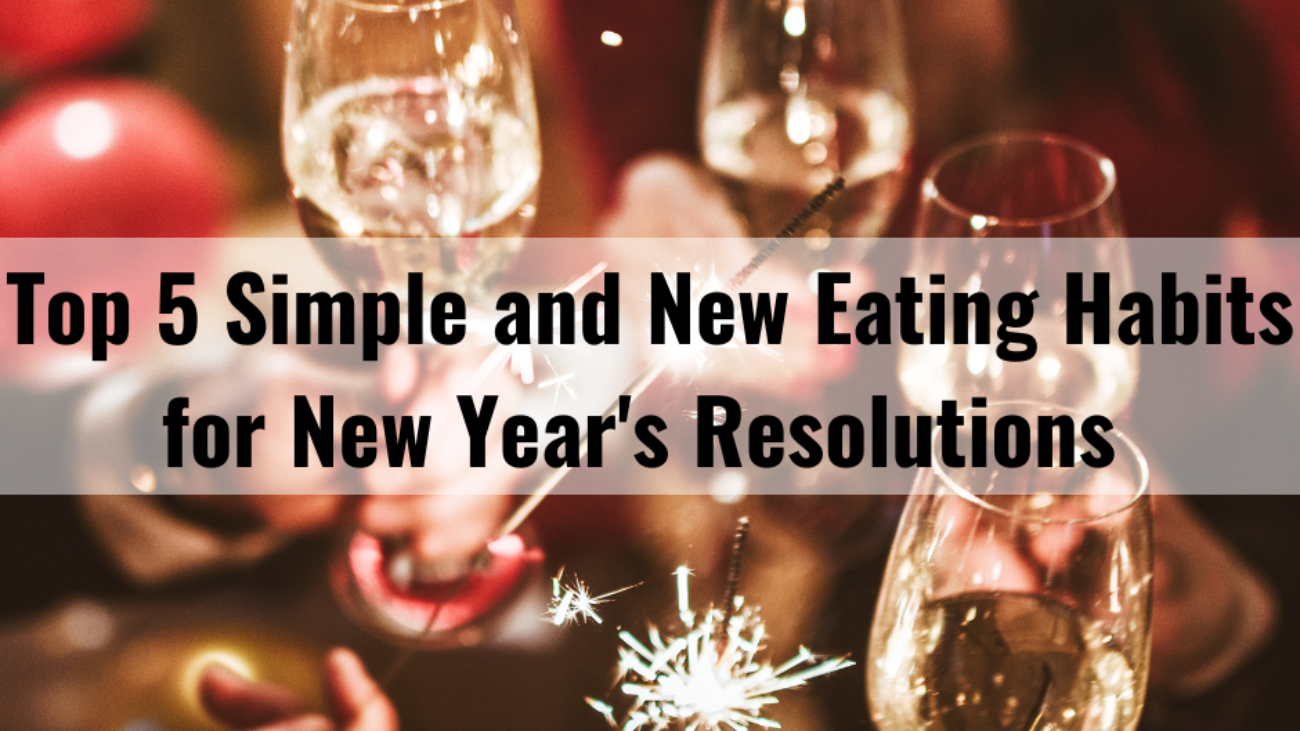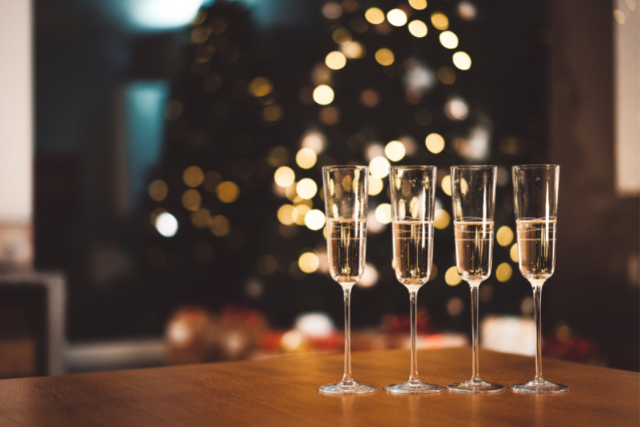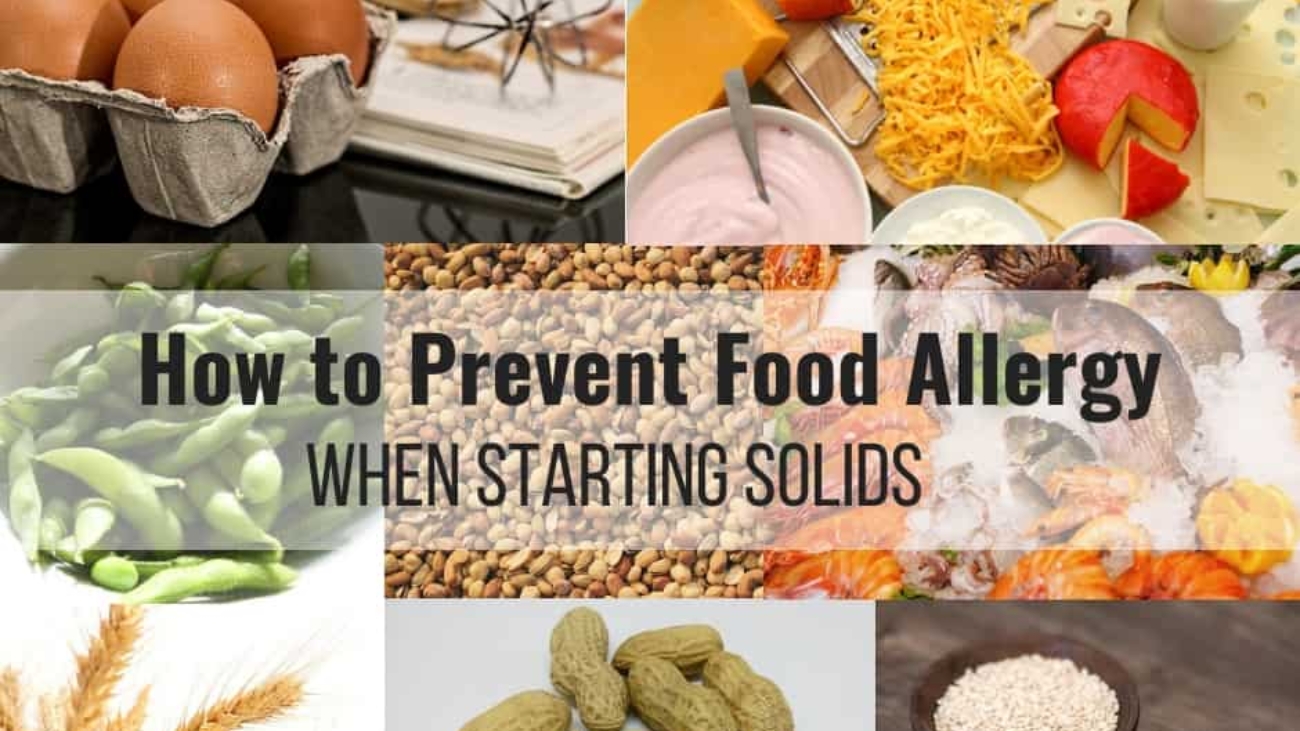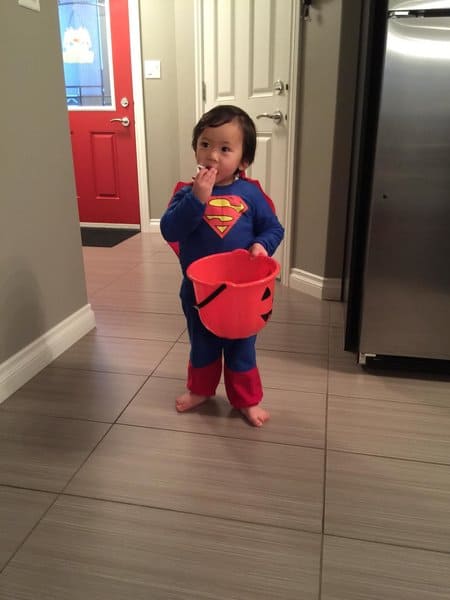When I think about Chinese New Year in the past, many of my memories involve food. Cooking with my Mom, buying homemade cookies, preparing deep-fried spring rolls and sipping sugary-sweetened beverages or fake alcoholic drinks.
No matter what your Chinese New Year traditions are, food is always a huge part of the celebration. That’s why I think it’s important to put all weight loss goals on hold, give yourself a break and enjoy holiday foods without feeling guilty. I also think it’s important, as parents, to let our children enjoy holiday foods too — without being a food police and monitored our children’s diet for 24/7.
The Chinese New Year, in fact, present a great opportunity for our children to learn about moderation and mindfulness, if we give them the chance.
TOP FIVE TIPS FOR HOW TO MANAGE INDULGENT HOLIDAY FOODS WITH YOUR CHILDREN
1. Have a healthy breakfast
If there is one meal that should be non-negotiable, it’s breakfast. Children are hungry in the morning, so it’s a great opportunity to take advantage of their rumbly tummies and serve your children a balanced meal. We know that eating breakfast offers a wide range of benefits, but when protein (such as yogurt, milk, nuts, meat, eggs etc.) is included, it can tame the cookie monster later on by helping to control appetite and blood sugar levels. Breakfast is often the only meal that we can rely on timing-wise during the holidays (and even this can be random), so try to maximize nutrition here.
2. Throw your timetable out the window

Without completely disregarding the time and allowing a food-free-for-all, try to be flexible when it comes to meal and snack timing during the holidays. Although you should ultimately maintain your role as the feeder (deciding what, when and where your child eats), it’s ok to relax a little during the holidays and go with the flow. Meals are often served earlier or later than usual, and snacking tends to be more frequent. When you do have some control over what is served (I focus on breakfast), try to include a nutritious variety of food, with milk or water to drink, and let the rest unfold as it will — holiday eating is random and fun and everyone (including children) should enjoy it.
3. Let your children decide
At family gatherings, there will be platters of delicious foods that everyone is going to want to try (including your children). If there is a buffet, let your children explore different foods by guiding them through and allowing them to choose what they would like to try (not what you want them to eat). Try not to steer them towards healthy foods, but instead give them control over what goes on their plate. Allowing them to explore different foods that aren’t offered at home on a regular basis will help to widen their palate and give them a sense of independence and confidence when it comes to food. Children will often choose some nutritious foods and some dessert foods–this is ok (and normal)! If you can, wait to visit the dessert table after your child has filled up on mealtime foods (or if you can’t avoid it the first round, visit it last). Sweet foods like chocolate, candy and cookies will almost always be gobbled up prior to nutritious mealtime foods, so children are more likely to fill up on them if given the chance.
Encourage balanced eating and mindfulness by modelling. Try to include veggies and fruits, lean protein-rich foods and some indulgent delicious foods too. Eat slowly and enjoy every bite. Leave foods that you don’t love (or that you’re too full to eat), behind, and have seconds of foods that you love and are hungry for. Modelling mindful, normal eating (regardless of what time of year), will benefit your child greatly, because they view how you eat as “normal”.
4. Don’t restrict treats and sweets
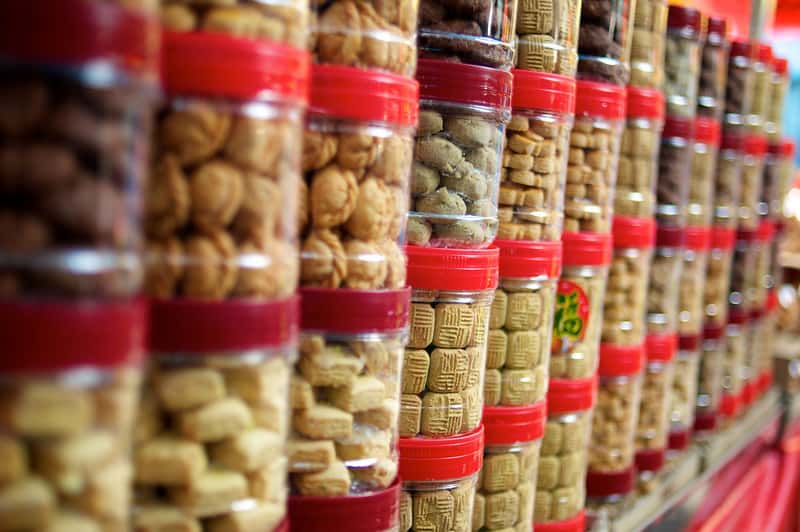
The holidays present a great opportunity to teach your children about moderation and handling easy-to-love indulgent foods in a mindful way. After all, there will come a time when they’re exposed to unlimited amounts of these foods, and you want to prepare them for that. The idea is to raise children who are relaxed around indulgent foods; who make mindful, matter-of-fact decisions about when and how much they indulge (long term). Evidence shows that children who are restricted in their indulgent food intake eat more of them when they get the chance and are more overweight than they might be otherwise!
But how do parents teach their children about moderation?
Ellyn Satter, who is a leader in the field of child nutrition and feeding (and the master-mind behind the “Division of Responsibility in Feeding“), suggests including some savoury, high-fat foods like chips or fries at a meal sometimes (along with nutritious foods), and if dessert is offered, including a small serving for everyone who wants it (allowing everyone to decide when to eat it–before, during or after a meal). The reason she suggests limiting desserts to one serving at a meal is because children will take the easy way out and fill up on dessert otherwise. To counteract this scarcity created at mealtime however, Satter suggests periodically letting kids have unlimited access to sweets at a sit-down snack time, where they aren’t competing with other mealtime foods. For example, putting out a plate of cookies and a glass of milk, and letting your children eat as much as they’d like. When children feel that treats are limited or forbidden, they’re more likely to go crazy on them. And snack time presents a good opportunity to let them have unlimited access (periodically), and naturally learn about moderation.
It’s true, children will often go crazy at first (which is normal), but the novelty will wear off and they will tend to eat less and less. Try doing this not only during the holidays, but throughout the rest of the year too. Satter suggests offering nutritious sweets when you can, such as oatmeal cookies or banana bread, which will make it easier for you to trust the process!
5. Focus on family time, not food

Instead of fighting with your children to sit down to the table to eat dinner, let them know that they don’t have to eat if they don’t want to (after all, they have likely filled up on yummy snacks all afternoon with their siblings, friends or cousins) but that they do need to sit down at the table with everyone to visit, laugh and catch up. When you take the pressure off of children to eat, they are often more open to trying foods and being less “picky” with their choices. You may be surprised at how much your children end up eating, and even if they don’t, it’s OK. You will enjoy yourself so much more if you resist telling them to have “three more bites” and focus instead on creating happy holiday memories.
Happy holidays from my family to yours!



